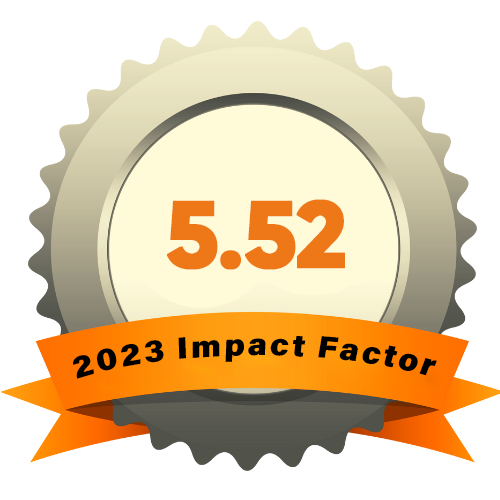NAVIGATING THE ENVIRONMENTAL CROSSROADS: UNDERSTANDING CHALLENGES AND CHARTING SOLUTIONS FOR A SUSTAINABLE FUTURE
Keywords:
Environmental challenges, climate change, biodiversity loss, pollution, resource depletion, sustainability, renewable energy, sustainable agriculture, ocean conservation, sustainable cities, education, awareness, collective action, resilience, solutions, mitigation, adaptation, environmental stewardship.Abstract
This comprehensive article explores the multitude of environmental challenges facing our planet and proposes solutions to address them, emphasizing the importance of collective action and sustainability principles. From climate change and biodiversity loss to pollution and resource depletion, the article delves into each issue, providing insights into their causes, impacts, and potential remedies. By highlighting key strategies such as renewable energy adoption, sustainable agriculture, and education, the article advocates for a holistic approach to environmental stewardship and calls for concerted efforts to create a more resilient and sustainable future for all.
References
IPCC. (2018). Global Warming of 1.5°C. An IPCC Special Report on the impacts of global warming of 1.5°C above pre-industrial levels and related global greenhouse gas emission pathways, in the context of strengthening the global response to the threat of climate change, sustainable development, and efforts to eradicate poverty. Intergovernmental Panel on Climate Change.
Millennium Ecosystem Assessment. (2005). Ecosystems and Human Well-being: Synthesis. Island Press.
Rockström, J., Steffen, W., Noone, K., et al. (2009). Planetary boundaries: Exploring the safe operating space for humanity. Ecology and Society, 14(2), 32.
United Nations. (2015). Transforming our world: The 2030 Agenda for Sustainable Development. Resolution adopted by the General Assembly on 25 September 2015. UN General Assembly.
United Nations Environment Programme (UNEP). (2019). Global Environment Outlook – GEO-6: Healthy Planet, Healthy People. United Nations Environment Programme.
Foley, J. A., DeFries, R., Asner, G. P., et al. (2005). Global consequences of land use. Science, 309(5734), 570-574.
IPCC. (2019). Climate Change and Land: An IPCC Special Report on climate change, desertification, land degradation, sustainable land management, food security, and greenhouse gas fluxes in terrestrial ecosystems. Intergovernmental Panel on Climate Change.
FAO. (2019). The State of the World's Biodiversity for Food and Agriculture. Food and Agriculture Organization of the United Nations.
United Nations Development Programme (UNDP). (2020). Human Development Report 2020: The Next Frontier – Human Development and the Anthropocene. United Nations Development Programme.
World Bank. (2020). The World Bank Annual Report 2020: Working for a Sustainable and Inclusive Recovery. World Bank.
United Nations Educational, Scientific and Cultural Organization (UNESCO). (2021). UNESCO Science Report: The Race Against Time for Smarter Development. United Nations Educational, Scientific and Cultural Organization.
The Economics of Ecosystems and Biodiversity (TEEB). (2010). The Economics of Ecosystems and Biodiversity Ecological and Economic Foundations. Earthscan.
International Renewable Energy Agency (IRENA). (2020). World Energy Transitions Outlook: 1.5°C Pathway. International Renewable Energy Agency.
The Nature Conservancy. (2019). Planting Healthy Air: A Global Analysis of the Role of Urban Trees in Addressing Particulate Matter Pollution and Extreme Heat. The Nature Conservancy.












